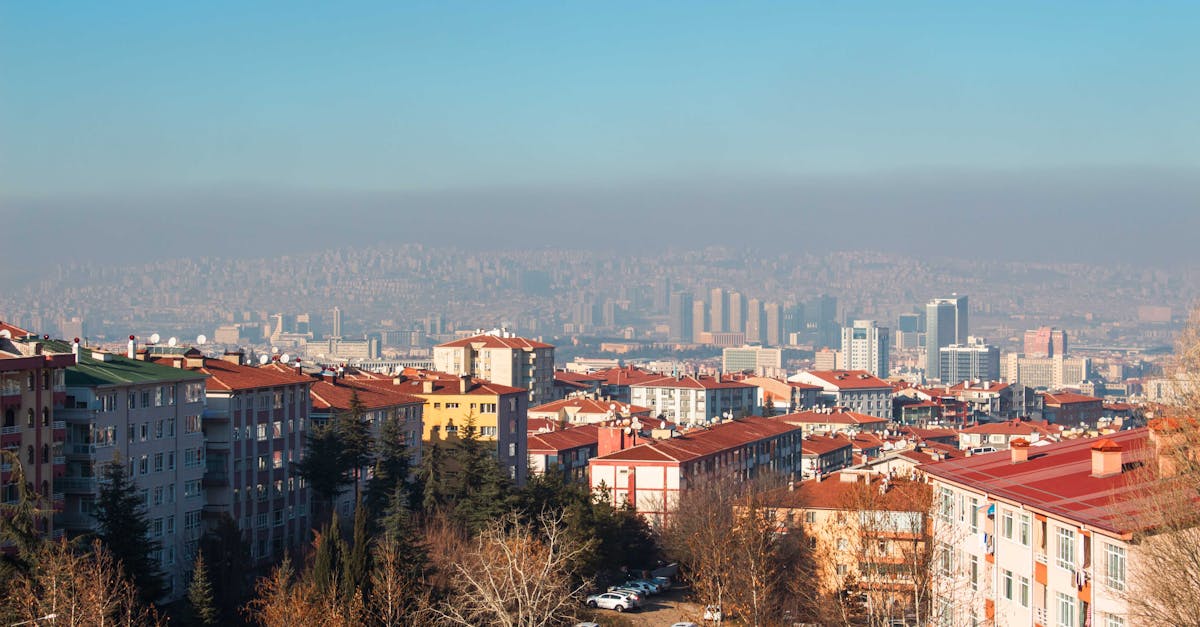
Modern homes increasingly favor flat roofs for their stylish look, affordability, and usable space. However, before installing one, homeowners must consider essential factors like drainage, durability, insulation, and upkeep. Making a well-informed choice now can prevent significant future repair and energy expenses.
Flat Roof Features
Flat roofs are characterized by their minimal slope, which offers a sleek appearance, ideal for contemporary designs. Unlike traditional pitched roofs, they generally maintain a uniform profile, making them suitable for various residential applications. However, their design comes with advantages and disadvantages that can impact your home’s function and aesthetic appeal.
One of the most appealing aspects of flat roofs is their straightforward construction and installation process, which can often be completed in less time than a sloped roof. Homeowners appreciate that these roofs can provide additional usable space, such as patios or rooftop gardens, making them versatile for leisure activities. Additionally, installed properly, flat roofs can be energy efficient, reflecting sun rays and reducing cooling costs.
Conversely, flat roofs can create challenges that homeowners must consider. The primary concern revolves around drainage; without a proper slope, water may pool on the surface, leading to potential leaks or damage over time. This characteristic demands regular maintenance and monitoring to avoid costly repairs. When not properly installed or maintained, the lifespan of flat roofing systems can also be shorter compared to their pitched counterparts.
Choosing the Right Material
When it comes to flat roof installation, selecting the right material is essential. Various options exist, each with unique characteristics catering to different needs and preferences.
EPDM, TPO, and PVC are among the top contenders for flat roofing materials. EPDM, a rubber membrane, is favored for its resilience and longevity, making it an economical choice for homeowners looking for durability. TPO stands as an energy-efficient alternative with its reflective properties, helping to save on cooling costs. PVC, known for its fire resistance and strength, offers a high level of protection but varies in pricing and installation complexity.
| Material | Durability | Cost per Square Foot |
|---|---|---|
| EPDM | 15-25 years | $3 – $7 |
| TPO | 10-20 years | $5 – $10 |
| PVC | 20-30 years | $6 – $12 |
Consider factors such as climate, roof structure, and budget when weighing your options. For example, if you reside in an area prone to heavy rainfall, choosing a material designed for improved drainage is vital. Moreover, calculating the potential lifespan and maintenance costs can assist in deciding the most suitable option for your home.
![]()

Installation Process
Installing a flat roof requires careful planning and execution. Here’s a breakdown of the essential steps for a successful project:
1. Roof Inspection and Structural Assessment
Before any installation begins, conduct a thorough inspection of the existing roof deck. Ensure it’s structurally sound and capable of supporting the new flat roof system. Check for rot, mold, or water damage and repair as needed.
2. Drainage Planning
Flat roofs are prone to water pooling. Incorporate proper slope design (usually 1/4 inch per foot) and plan for internal drains, scuppers, or gutters to direct water flow efficiently.
3. Installing a Vapor Barrier
Apply a vapor barrier over the roof deck to prevent moisture from penetrating the insulation and compromising the building envelope.
4. Laying Insulation Boards
Rigid foam insulation boards (like polyiso or EPS) are installed next. These regulate indoor temperature and support energy efficiency, which is vital for long-term performance.
5. Applying the Roofing Membrane
Depending on the roofing system (TPO, EPDM, modified bitumen, etc.), roll out and adhere or mechanically fasten the membrane securely. Pay close attention to seams and edges.
6. Flashing Installation
Install metal or membrane flashing around all edges, vents, skylights, and HVAC units. This prevents water intrusion at weak points and improves roof lifespan.
7. Sealing and Waterproofing
Use appropriate adhesives, seam tapes, or hot-air welders (depending on membrane type) to fully seal the roofing system and ensure watertight integrity.
8. Final Inspection and Clean-Up
Conduct a full inspection to ensure proper installation and no overlooked weak spots. Check drainage flow, seal strength, and flashing placement. Remove debris and ensure the site is safe and clean.
Maintenance Matters
Maintaining your flat roof is essential for maximizing its longevity and performance. Regular inspections are the cornerstone of effective maintenance. Performing annual checks for wear and tear, along with immediate assessments after severe weather events, allows you to identify issues early and tackle them promptly.
Keep an eye out for signs of ponding water on roof surfaces, as it can lead to costly leaks. Additionally, ensure that debris is cleared regularly to allow for proper drainage. Addressing small repairs quickly, whether it’s sealing a crack or replacing damaged flashing, helps to avoid more significant problems in the future.
While many homeowners are capable of basic maintenance, there are instances where hiring a professional is warranted. If you notice extensive water damage or structural issues, it’s wise to consult experienced roofers who can provide tailored solutions to preserve your home’s integrity.











